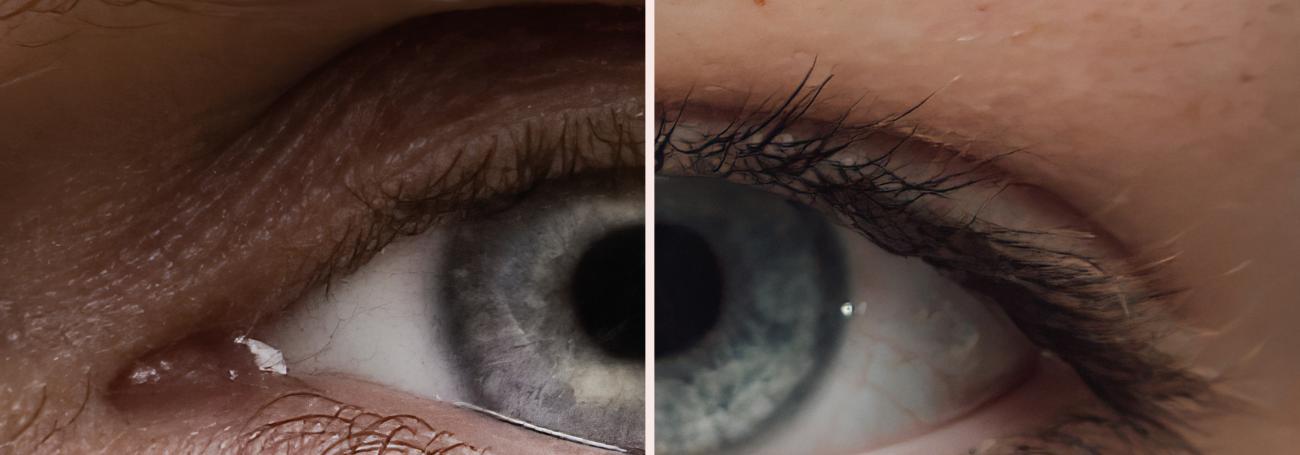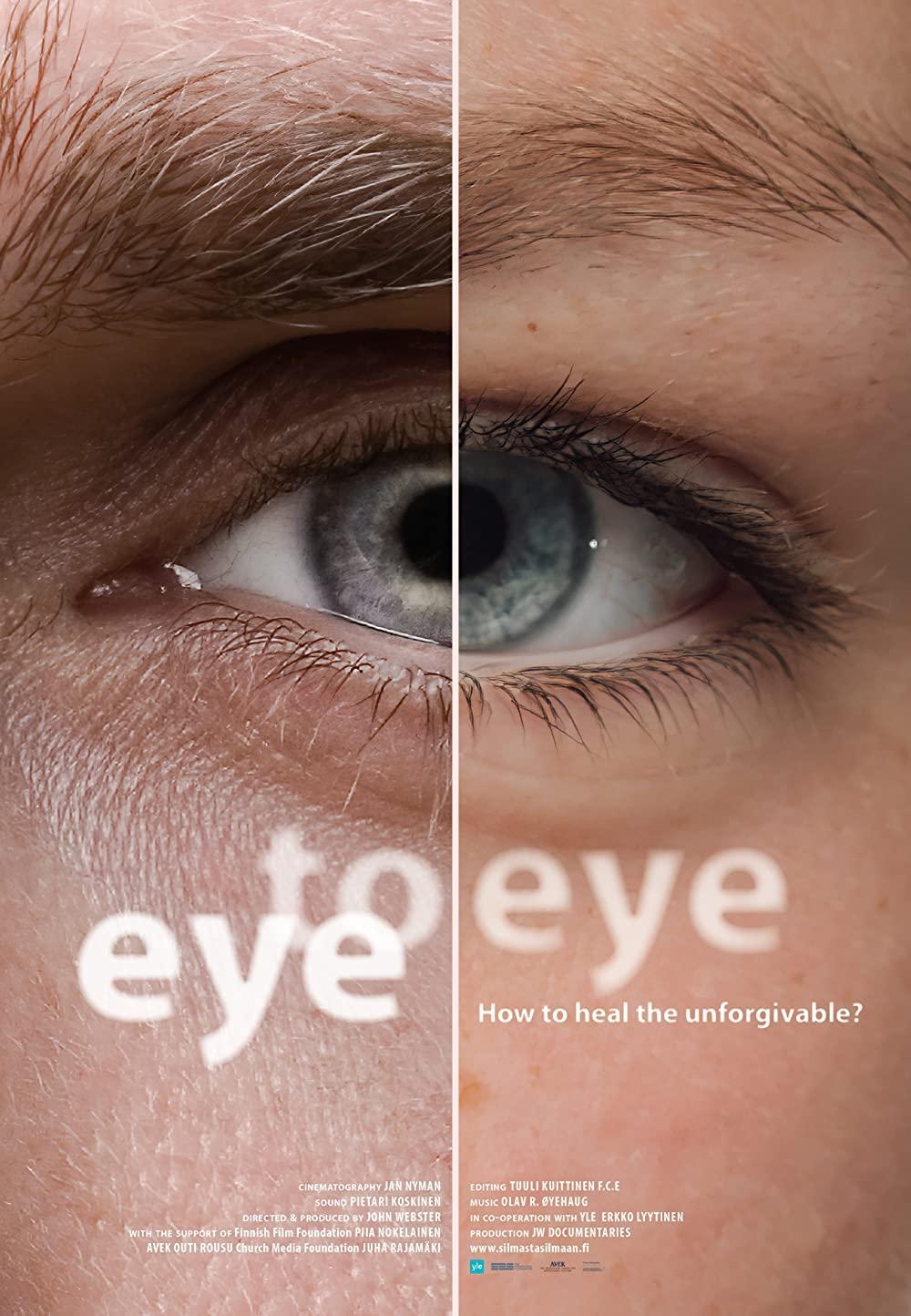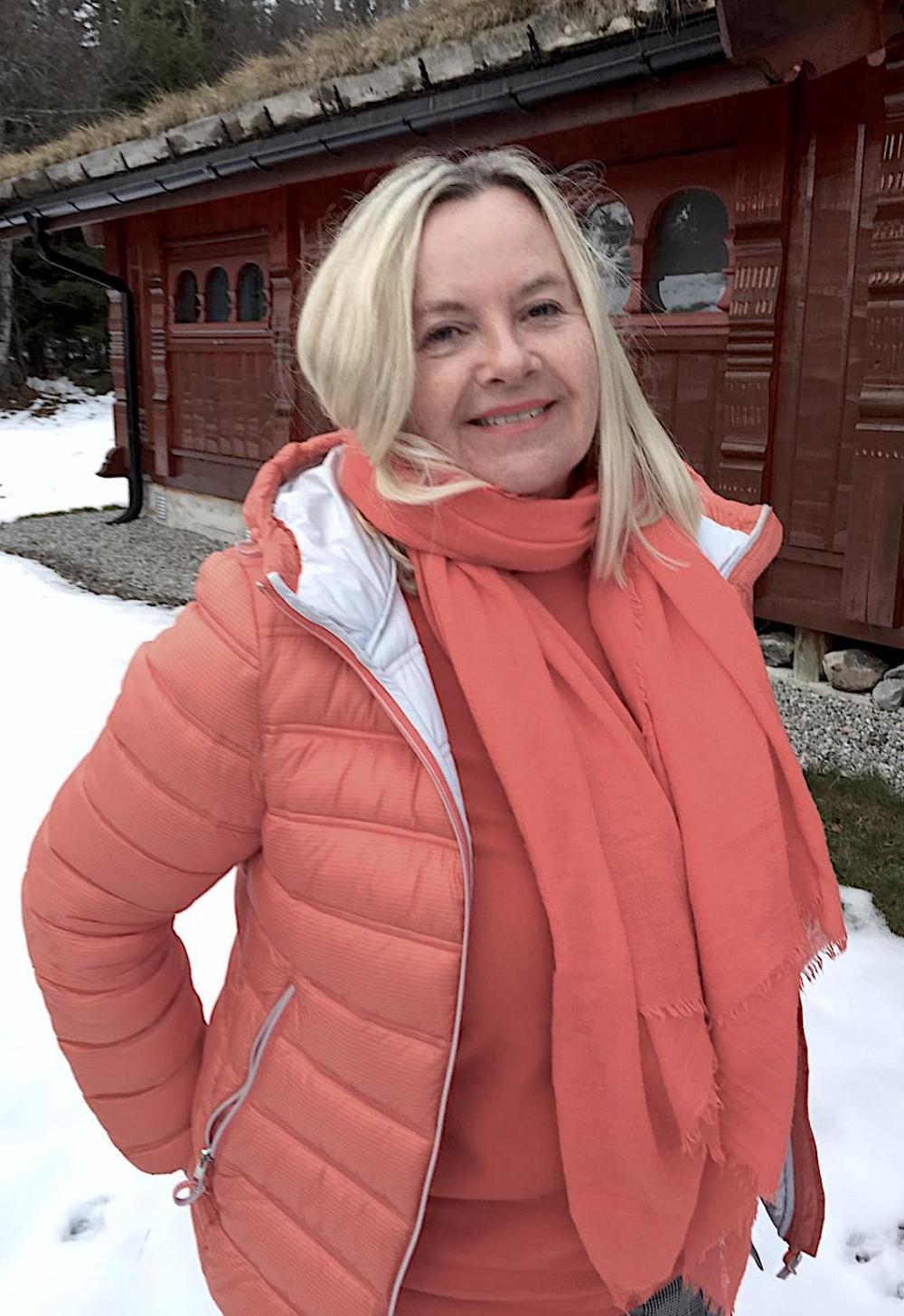One way of healing is through facilitated meetings between the victim’s family and the perpetrator. These meetings are initiated by social workers who acts as facilitators using restorative justice (RJ) principles and methods. Through dialogue between the parties RJ methodology aims to restore broken relationships. To face the family members, and for family members to face the perpetrator is a tough process. At the same time, it is a healing process that help participants move forward. Emotions are learnt behaviour. Through social constructions we learn how to feel, and to develop our emotional repertoire (Nussbaum, in Andersen, 2019). The foundation for understanding others is to understand other peoples’ emotions (Andersen, 2019). ‘If you do not have the basic understanding of how other people feel you cannot be a good partner, parent or citizen’ (ibic., p. 14, own translation). According to Andersen it may be a threat to society if the majority of the population lack the ability to understand other peoples’ feelings. A result of this may be that tolerance withers. Emotional repertoire is not learnt through arguments and discussion but through stories. Stories from different cultures creates emotional narratives, and these construct emotional geographies. These emotional geographies change over time, but slowly. It takes practice to see the world through other people’s eyes and perspectives (Andersen, 2019). Education provide society with skilled professionals and workers, but also with capable good citizens.
Behind every behaviour issue there is a feeling and under the feeling there is an emotional need. Psychologists speak of four human emotional needs; it is the feeling of being seen, the need to express feelings, to have those feelings acknowledged and that the expression is met through such things as receiving comfort and feeling safe. Behind every behaviour issue there is an emotional need. Some say that men cannot express feelings, but I wonder if those have ever been to a football match with the almost tangible emotional intensity?




